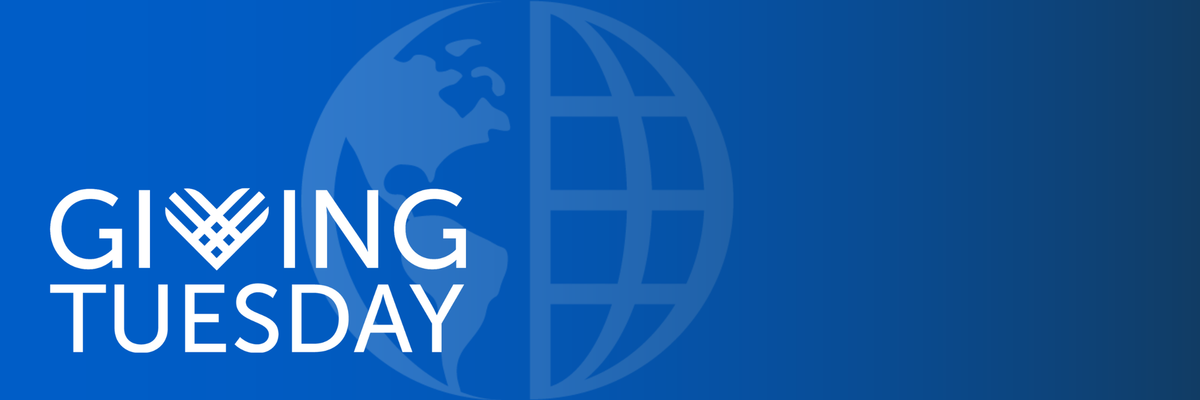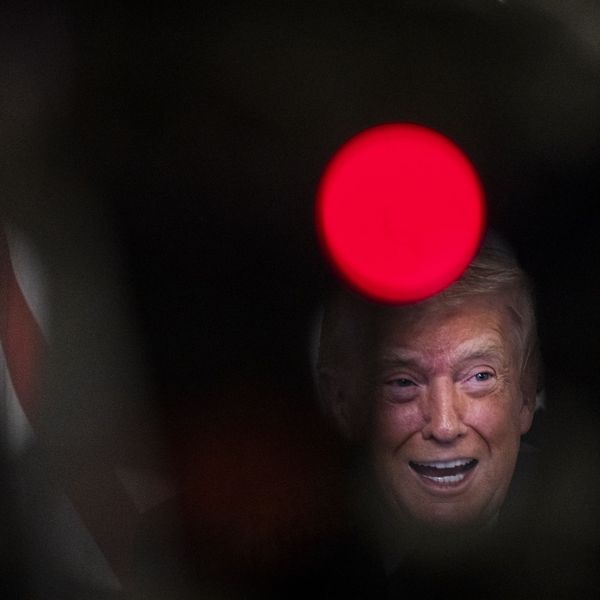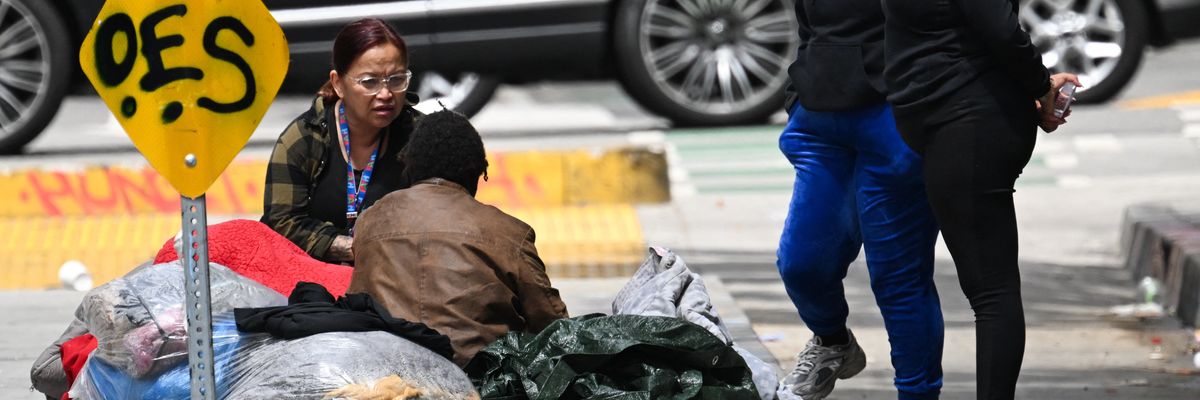If you were drowning, I wouldn’t ask how you got there before throwing you a lifeline.
I wouldn’t tell you to swim harder.
I wouldn’t tell you to make better choices, I wouldn’t hope you sink, and I wouldn’t put you in a cage.
If you were drowning, I would reach for you, pull you up, and do everything in my power to keep you alive.
That’s what harm reduction is: keeping people alive.
We don’t criminalize someone for losing a limb to the effects of diabetes. We don’t arrest them for not taking their insulin or for struggling to manage their blood sugar. We surround them with medical care, support systems, and resources to help them live healthier lives.
The first step isn’t forcing someone into a system they aren’t ready for. The first step is keeping them alive long enough to say yes.
Problematic substance use—a chronic, relapsing disease—is no different. And harm reduction is one of the many courses of medical action we’re taking to address this in MacArthur Park, Los Angeles, where the opioid crisis and homelessness collide in painful, visible ways.
I understand the frustration. I hear the anger. Lock them up, people say—oblivious to the harrowing truth that this crisis is made profoundly worse in our jails.
I want a healthy, accessible, thriving MacArthur Park just as much as my neighbors; a MacArthur Park where hardworking families aren’t forced to live amid trauma and visible substance use. But let me be clear: I don’t throw people away—and I don’t invest in failed solutions.
People don’t wake up one day and decide to become homeless or addicted. They end up there because they’ve been failed by an economic system that keeps people in poverty, by a housing system that makes rent impossible to afford, by a criminal justice system that treats problematic substance use like a crime instead of a disease, by a political system that chronically underfunds mental health, and by a for-profit healthcare system that allowed big pharmaceutical companies to manufacture the opioid epidemic and knowingly steal thousands of lives in exchange for billions of dollars.
We’ve spent over a trillion dollars on the failed War on Drugs, and the availability and potency of illicit drugs have only increased—along with our prison population.
It’s time for a different approach.
Decades of research have shown that harm reduction strategies provide significant public health benefits, including preventing deaths from overdoses and preventing transmission of infectious diseases. That’s why our office partnered with the LA County Department of Health Services and Homeless Healthcare Los Angeles (HHCLA) to deploy an overdose response team in the park seven days a week. Every day, they provide wound care, hygiene kits, naloxone, methadone, and harm reduction tools to people experiencing problematic substance use. They clean up biohazardous waste, picking up and safely disposing of left-behind needles and pipes that put our families in danger. They do the work that Recreation and Parks and LAPD can’t while reducing call volume to emergency responders, and we are all safer for it.
Since launching in late 2024, this team has collected over 14,000 hazardous items and distributed more than 3,600 naloxone kits—totaling over 11,000 doses of life-saving medication—and saved 52 lives. Those 52 people have names and faces and stories and hopes and dreams. They are someone’s child, someone’s friend, someone who now has a shot at accepting treatment, because we know that recovery isn’t a straight path—it takes multiple touchpoints. The first step isn’t forcing someone into a system they aren’t ready for. The first step is keeping them alive long enough to say yes.
I also want to be clear about what our office can and cannot do. The City Council cannot make arrests. What we can do is invest in solutions. We can choose to fund the strategies that actually reduce harm, that save lives, that address the root causes of these crises. Or, we can choose to push people out of sight and throw them away.
The fight for humanity goes far beyond MacArthur Park. We see it happening across the country. We see it in how President Donald Trump treats immigrants like pawns, willing to let families suffer for cheap political points. We see it in how he attacks the LGBTQ+ community, stripping away protections and treatment, denying their very existence. We see marginalized communities degraded and vilified and sacrificed at the altar of power, and we see misinformation peddled at every turn to satiate a hungry, desperate base. It is easy to dehumanize. It is easy to discard people. It is easy to think of human lives as inconvenient. But we have to resist that urge. We are better than that in Los Angeles. We have a moral responsibility to set an example for the rest of the nation: one that’s rooted in compassion, humanity, and data-driven approaches. And since my very first day in office, that’s what I’ve always done, no matter how uphill the battle may be.
MacArthur Park is struggling. Yes, we are frustrated, scared, and sometimes, angry. But I refuse to abandon the people suffering in front of us.
We don’t throw people away. We fight for them.



